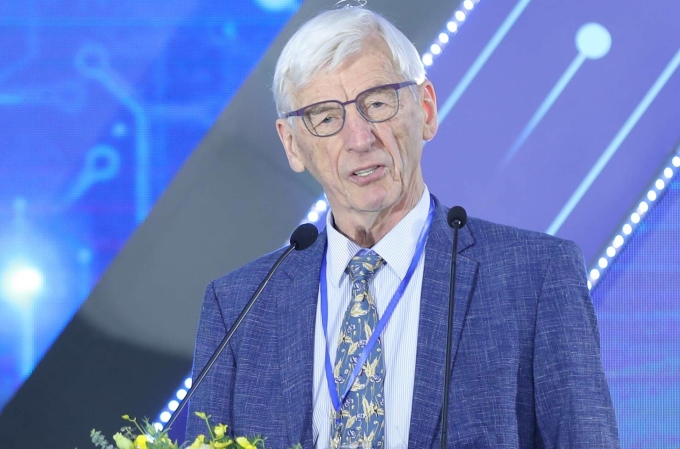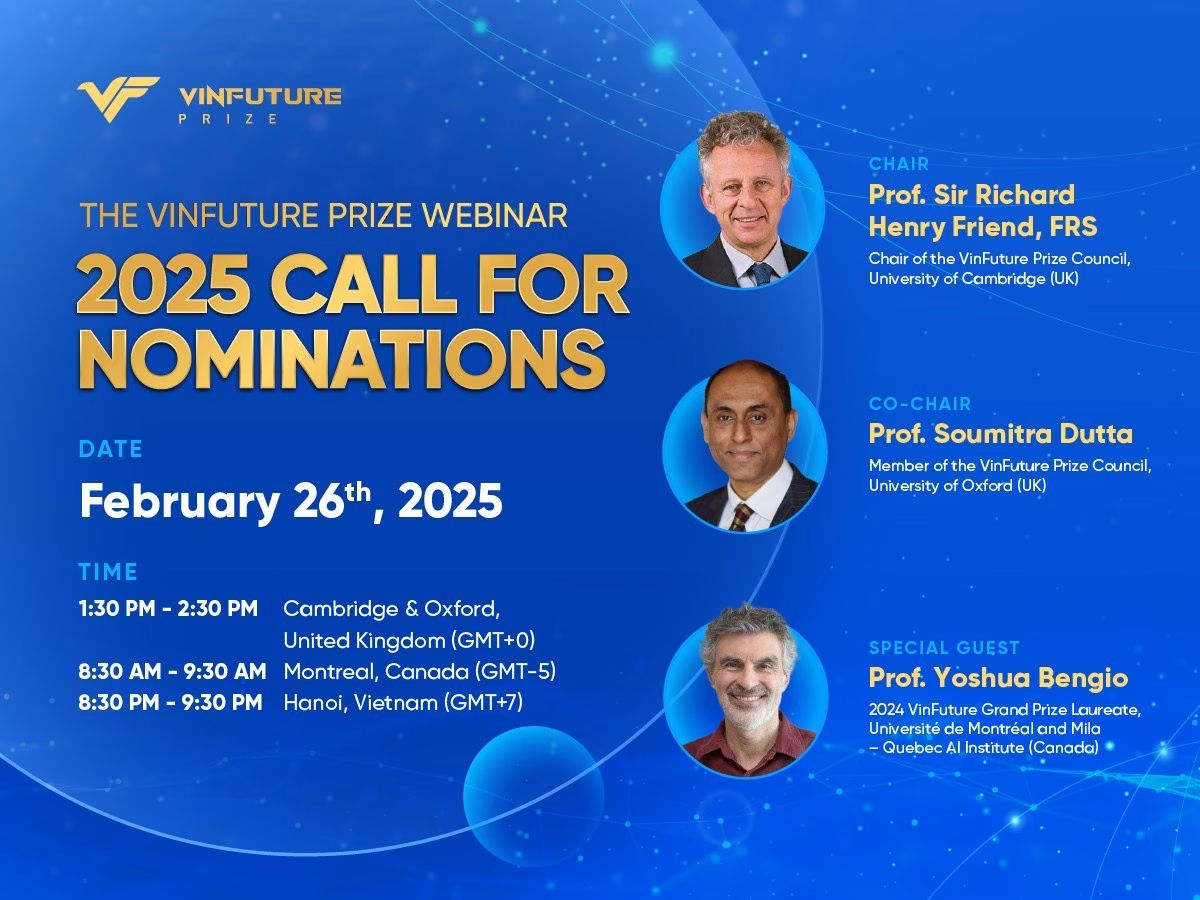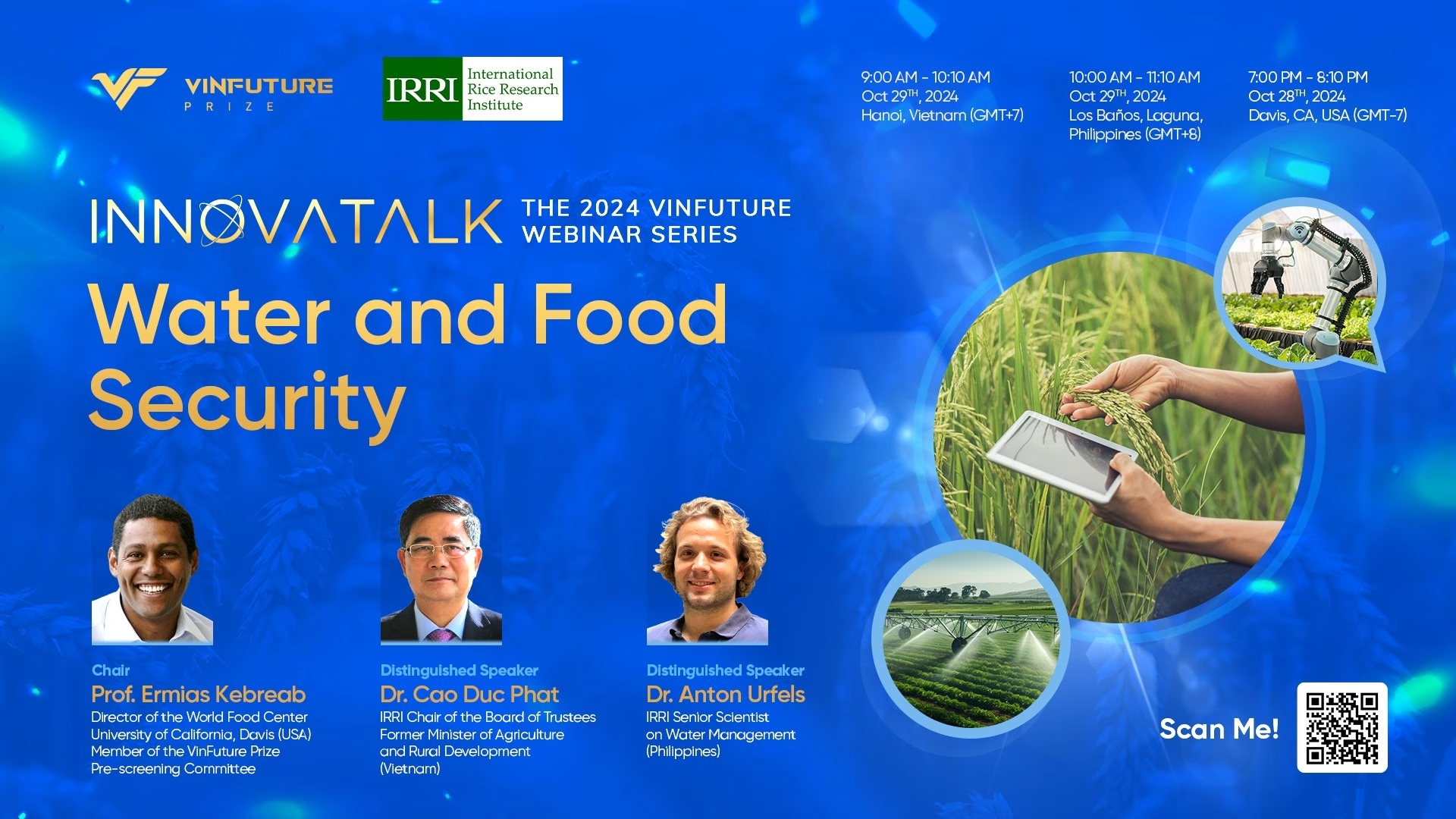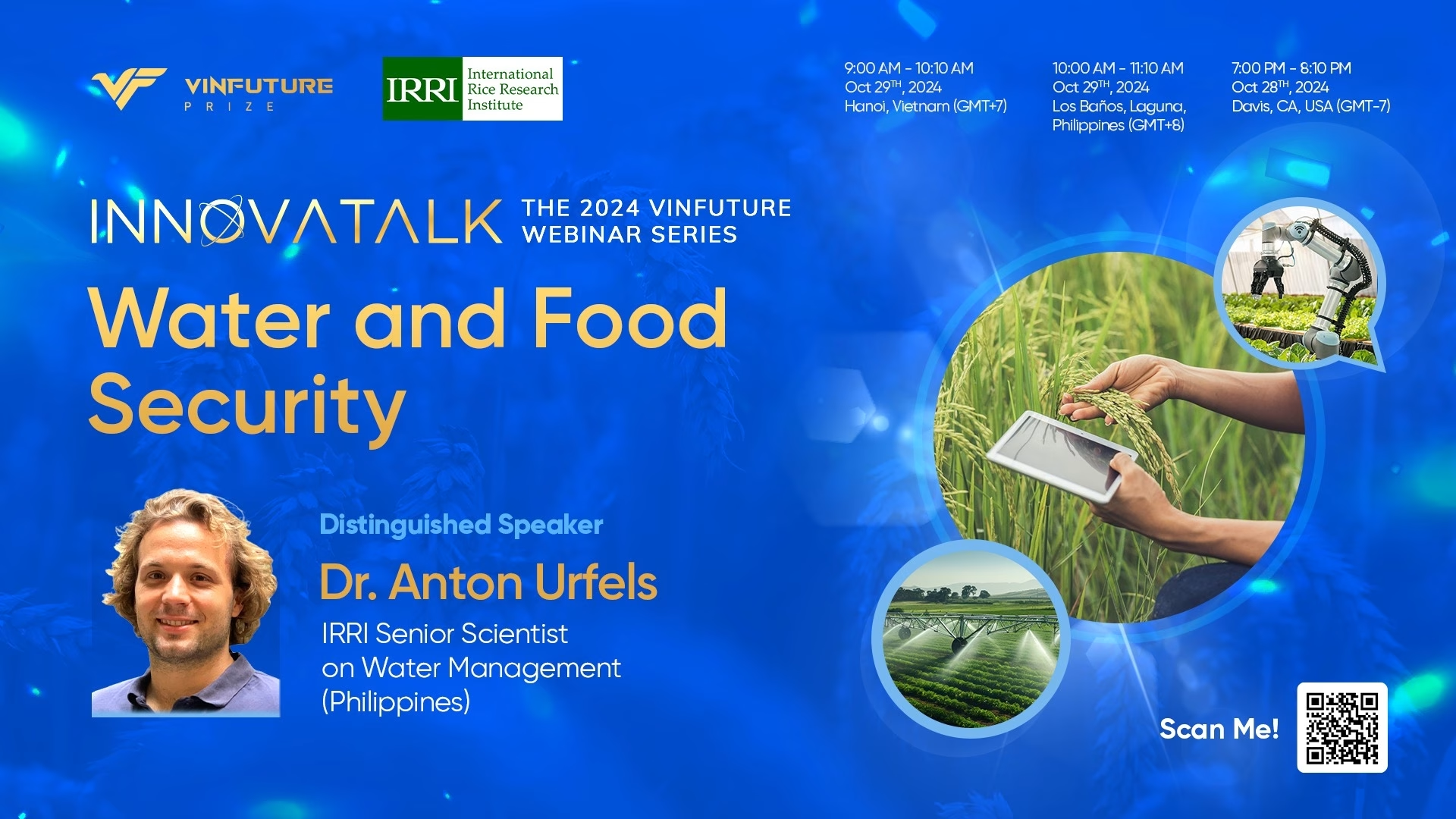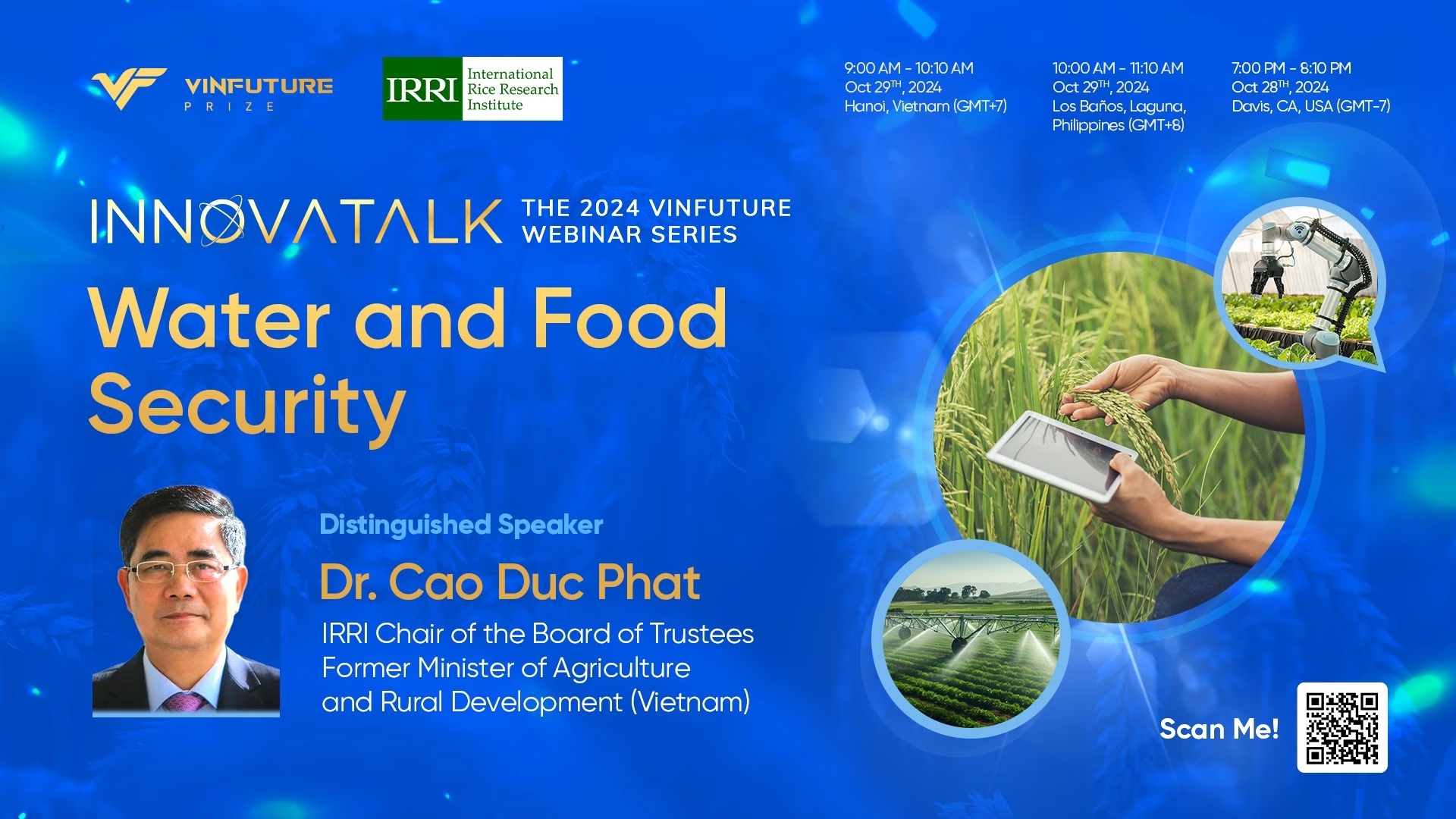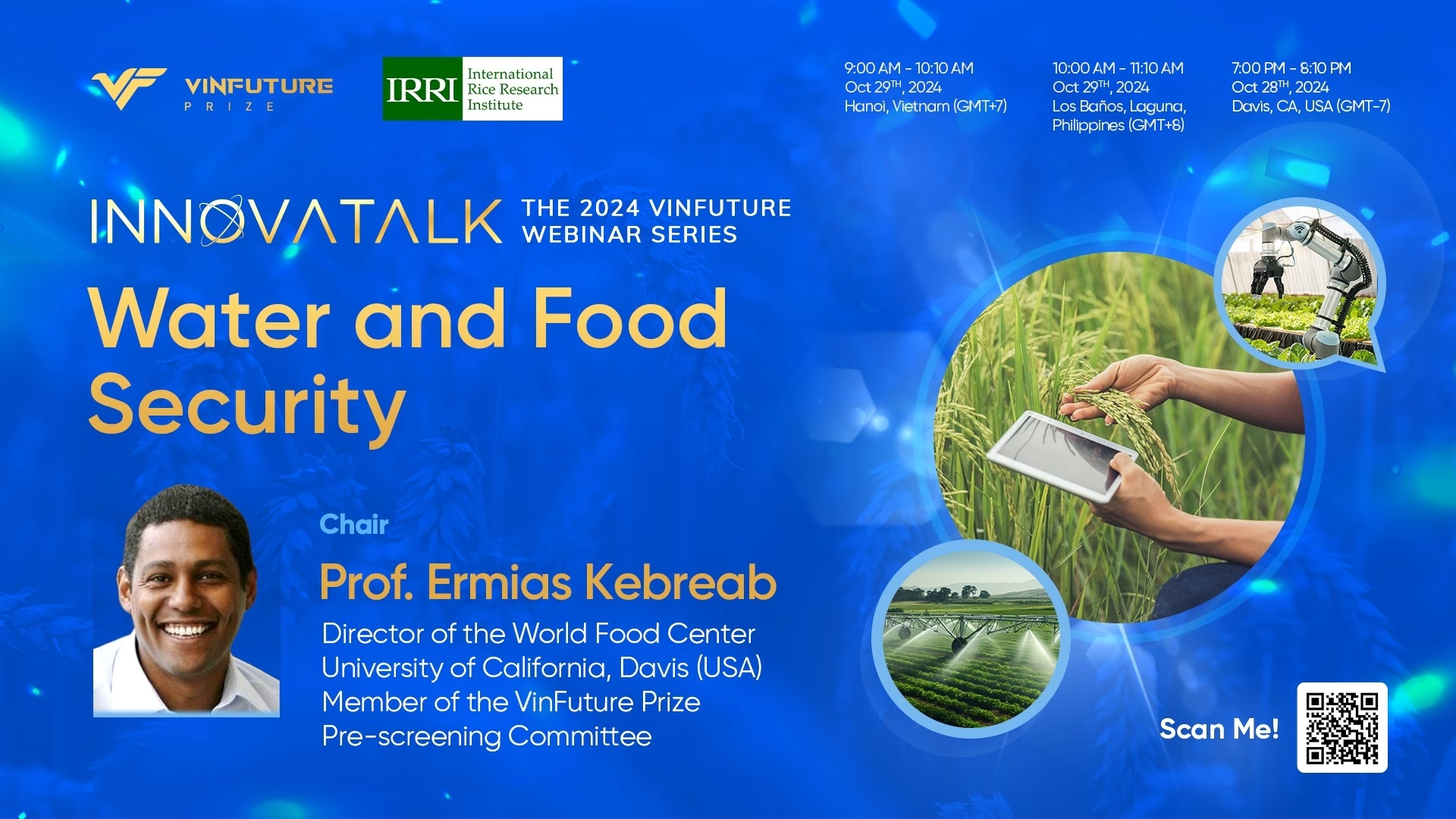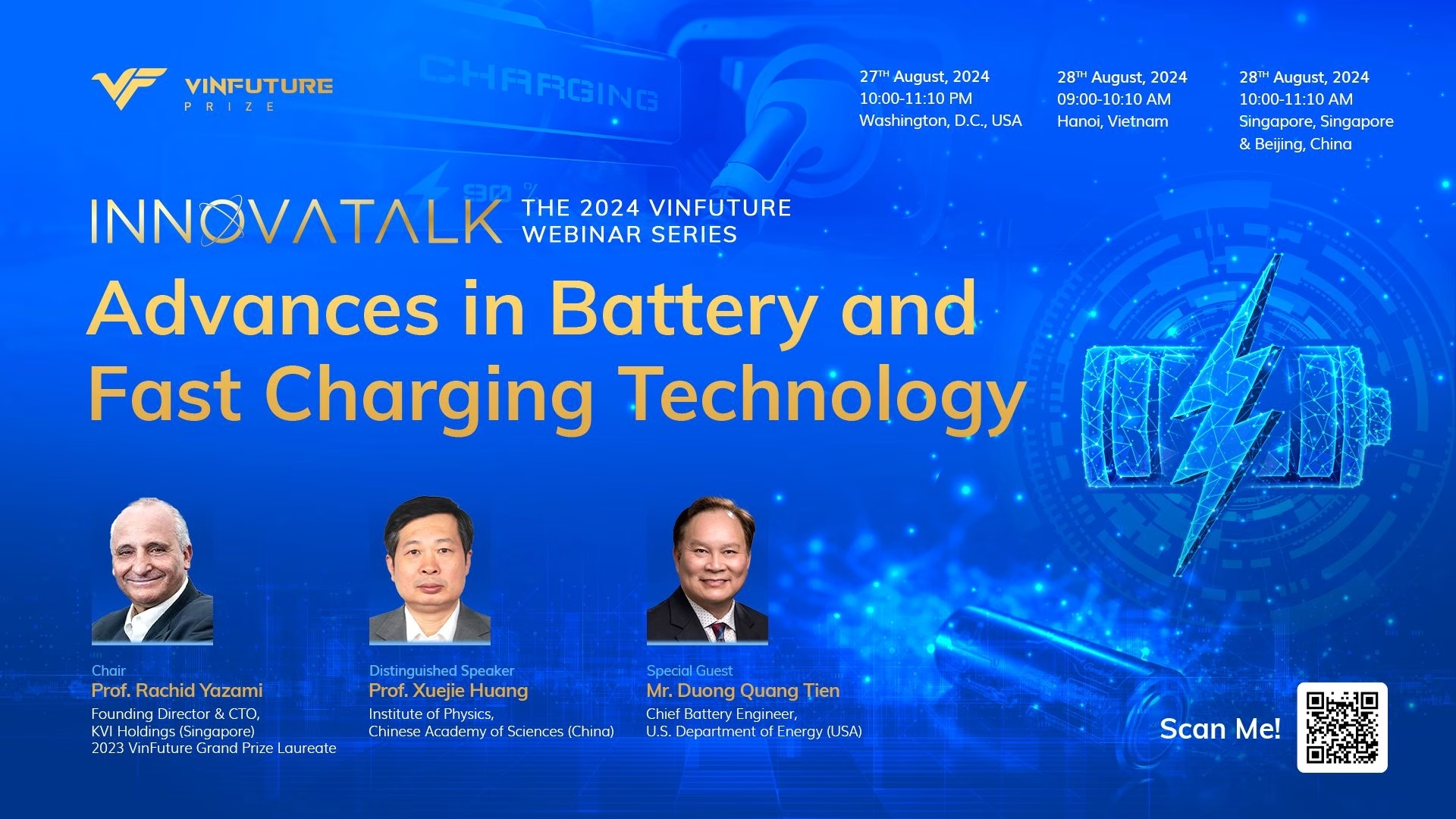The first InnovaTalk webinar in 2023 will take place on March 29 from 8–9 a.m. Belgium time, which corresponds to March 29 at 1-2 p.m. Vietnam time, and will be chaired by Professor Josse De Baerdemaeker from KU Leuven, former President of the European Society of Agricultural Engineers (EurAgEng). To attend this webinar, please register via this link: https://forms.office.com/r/dgZNWePfTQ
– As the chair of the upcoming 2023’s inaugural InnovaTalk webinar on Smart Post-Harvest Agriculture, could you give a bit of an explanation on the topic?
– Prof. Josse De Baerdemaeker: I think one of the important concepts is the value chain in agriculture. That goes from planting in the field all the way to having the food ready to eat on our table. Before we have food on our table, a number of processes or events take place. Throughout this chain of events, we must use extreme caution to not waste resources that are scarce or to put a burden on the environment.
“Smart Farming” or “Precision agriculture” means that crops in the field receive the appropriate treatment at each moment and at each location in the field. This implies that we select and plant a crop variety that is most adapted to the soil conditions. When we apply fertilizer to this crop, we look for the crop condition, its needs, and the soil and weather conditions. So, it can happen that plants at different locations in the field receive different amounts of fertilizer. The amount of fertilizer that is given at a certain moment is based on what a plant can take up in the coming period. This is to avoid that fertilizer is wasted and ends up in the drinking water.
Maintaining crop health is important and when there are risks of damaging diseases, then the chemical or biological crop protection is also applied with the same precision, the right chemical in the right amount at the right timing. We talk about it a bit later.
The crop that we have been observing during its growth and that we have given the correct treatment is ripening and we can prepare for the harvest. Here we may find that, for example in the case of fruits, not every fruit on a tree or on a plantation has the same ripeness. The unripe fruit is most likely not appreciated by the market or by the consumer and this will go to waste if harvested too early. Also, fruit that is overripe for storage or for transport to the market is also a loss for the farmer. It all means that deciding which fruit to pick and which to leave on the tree for a later harvest round requires determining the ripeness of the fruit. Some experienced growers use their fingers to feel the firmness and then also look at the colour.
However, a more accurate ripeness measure comes from sending light through the fruit and seeing how the composition of the light is when it leaves the fruit. These types of optical sensors and measurements are new technologies that farmers can use in the field or in the orchards.
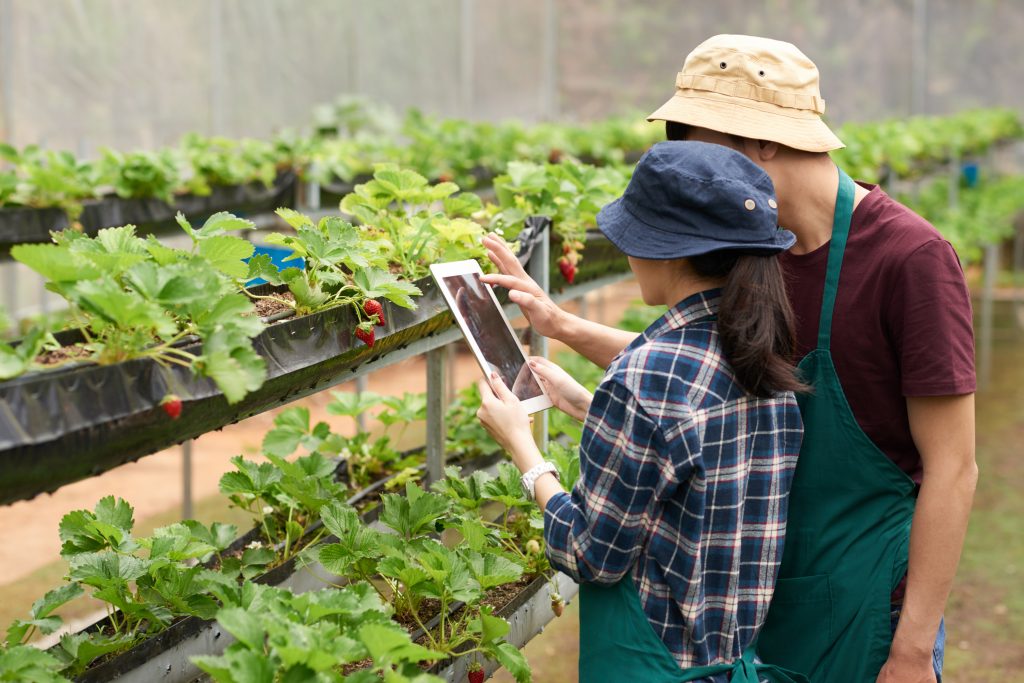
– Can you tell us a bit more about smart crop protection and post-harvest losses?
– Prof. Josse De Baerdemaeker: Let us briefly look at smart disease and pest control in growing crops. This relies on early detection of diseases or in the field before there is damage to the crop. Again here, this can be done using optical sensor technology combined with detailed image analysis. It can also be a network of stationary insect traps in fields that give data about the number of pest insects at those locations at any given time. Note that such stationary networks are also being developed and deployed by Vietnamese companies.
This additional information about diseases or pests in nearby or far away fields alerts the farmer that he should prepare for spraying the crop with a biological or chemical product that can nearly eliminate the threatening disease. Here one should also strive for precision spraying on only those parts of the field or on those trees where the disease is imminent. Models of disease development as a function of time from the initial infection and also as a function of the location in the field will assist farmers to make decisions on the best treatments.
Smart management of the diseases also implies using the chemical compound in as low quantities as possible and not doing so when the expected harvesting date is near. Indeed, consumers do not want to find chemical residues in their food. In local or export markets agencies will test the products for residues and when these exceed a small level, the products will be destroyed at the expense of the farmer. This is a waste of products and income for the farmer.
– Let’s talk about the expectations that you may have. And what do you expect to hear from these Vietnamese scientists, who will be listening to you from this webinar?
– Prof. Josse De Baerdemaeker: As explained earlier, smart farming implies that all available knowledge about the soil, the crop biology, the growth stages, the weather, the disease, and pest biology is combined to make decisions for optimal crop production and yield resulting in a good income for farmers. In all the processes, from the field to the table of the consumers the awareness of precision in the use of resources should be visible. Careful registration of water and fertilizer use, pest and disease control, harvest management, storage and processing will give a farmer more insight as a manager.
There is a lot of ongoing work into building intelligence in new machines and equipment used on farms or in the post-harvest. Novel sensor tools are installed that can observe the crop while a machine is operating in a field, or they are carried by drones. Onboard data processing can result in decisions to carry out treatment for example a small additional fertilizer application or a crop protection treatment.
In addition to more intelligence in machinery, there is also more intelligence in farm management. Data coming from the machines in the field, or from the drones and other remote sensing systems are combined with data from many other sources (other farmers, agencies, weather channels, …) and are used in combination with models for crop growth, epidemiological models, and economic models. Data processing leads to better information for decision-making. When such quality data are collected over many years from the different steps in the agri-food chain, then ever-improving assistance can be given to the farmer to decide today while keeping awareness of the effect in the future. This can be considered as artificial intelligence in the agri-food chain.
Farming is a challenging profession. At any given time, a farmer has to observe or measure their crops, analyze large amounts of data, make decisions, carry out those decisions, and then repeat this sequence over and over again. Farmers must apply their knowledge of crop science and adopt new technologies. They must be able to assess and make judgments based on what they see in their crops using their eyes as well as sensors. Sometimes, this approach is called the “speaking plant” approach in precision farming.
Farmers must ensure that the decisions they make are also implemented in the field. They can use simple tools for this or rely on a high level of automation. Furthermore, they will want to observe the effects of their actions. Sensing technology developments, data processing, and artificial intelligence are tools that can assist farmers in these tasks.
